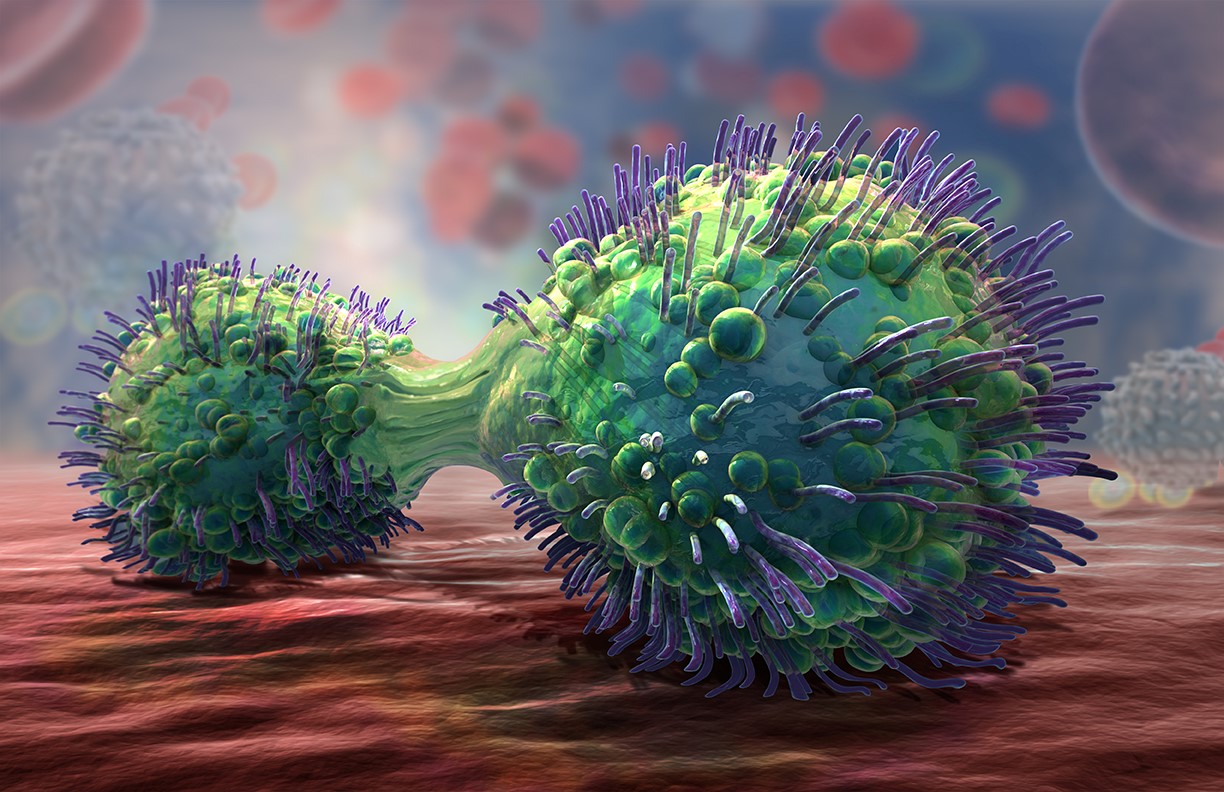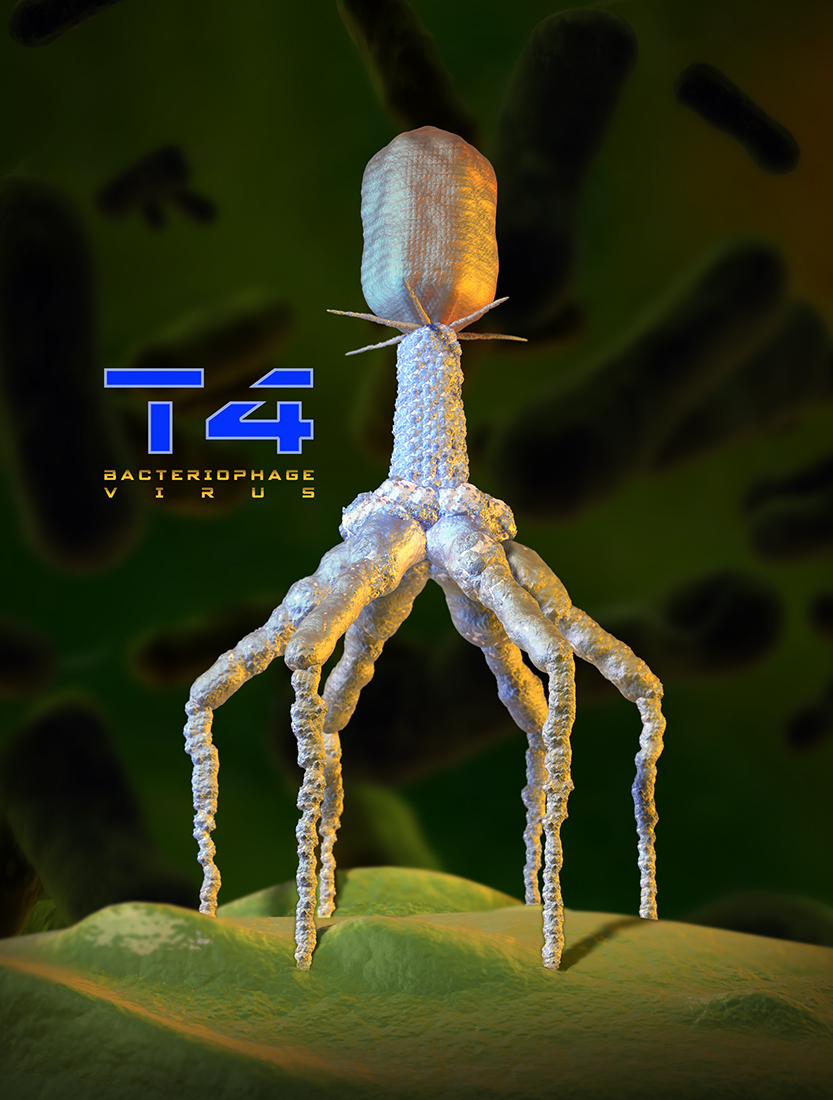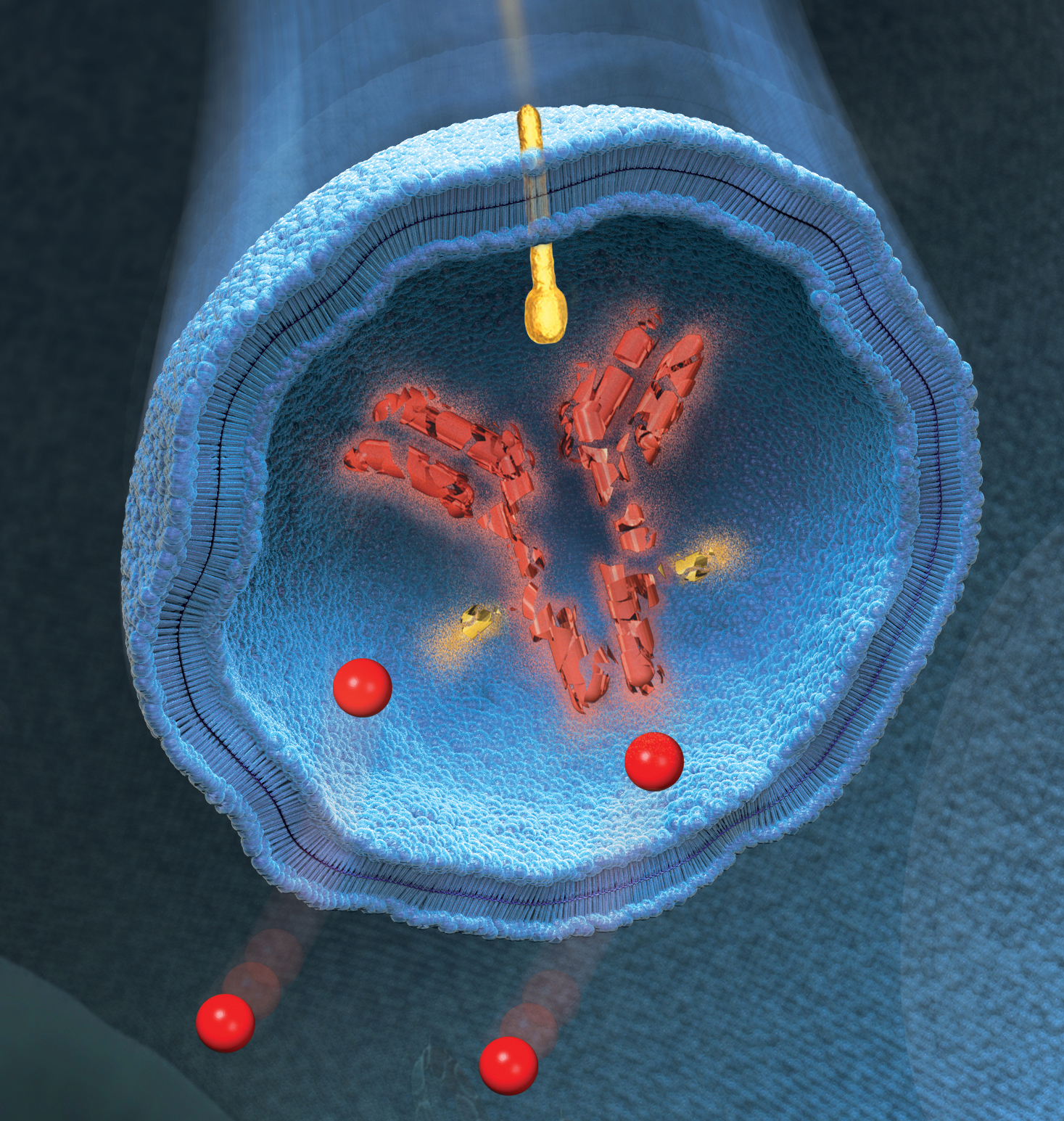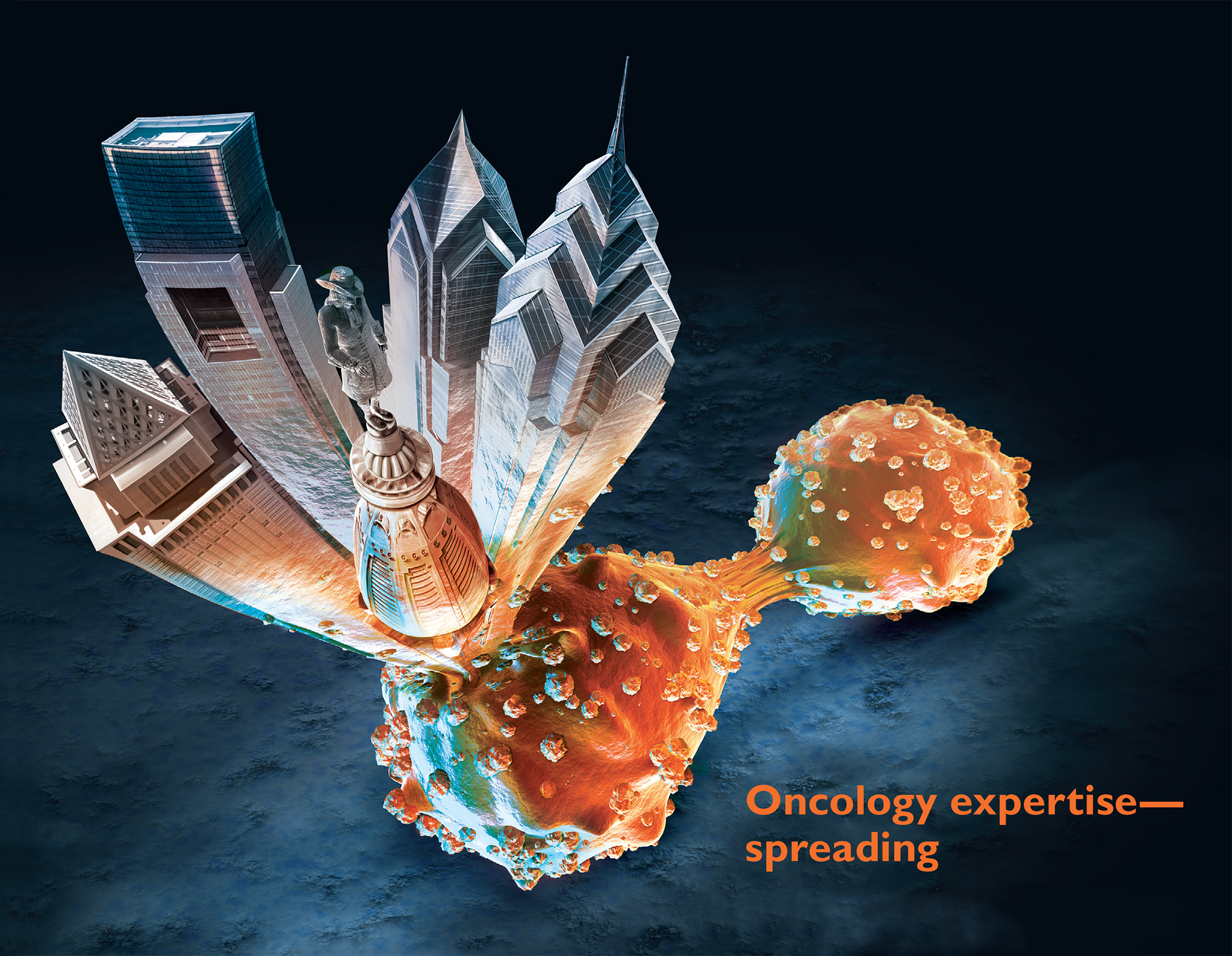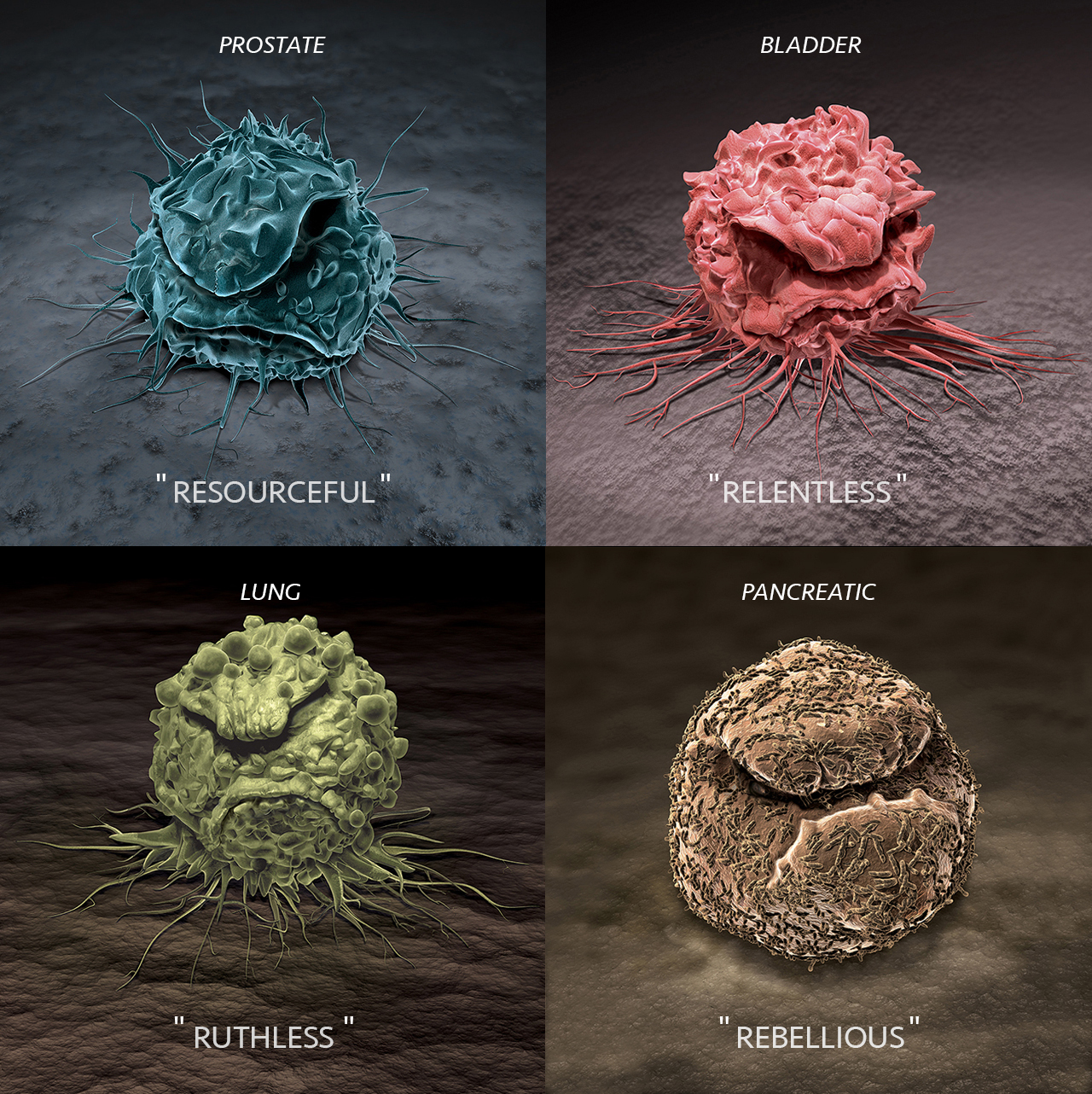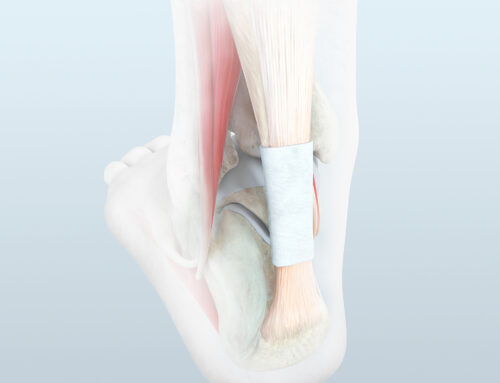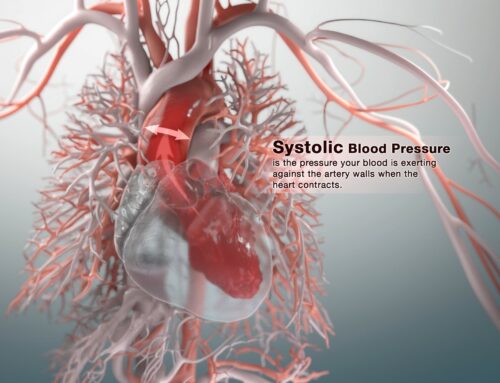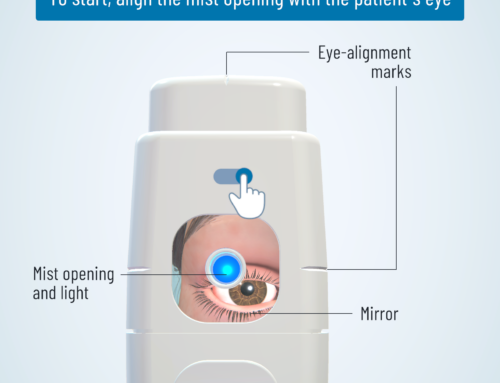Bob Lambiase is an award-winning New Jersey-based illustrator with over 25 years of experience. His work for the Pharmaceutical/Healthcare industry has consistently placed visual communication, accuracy, and detail as top priorities.
Bob earned his degree in Illustration at the Philadelphia College of Art, now known as University of the Arts and specializes in concept to finished art for medical, scientific, and healthcare product renderings.
His style is constantly evolving with the needs of his clients. When he first began working in the Medical Illustration industry, his artwork was primarily created with traditional oils. He then made the big switch from traditional to digital when he taught himself how to use Photoshop, Illustrator, and Lightwave 3D in order to meet his client’s high-pressure deadlines.
We had a chance to speak to him about how he reinvents his work, what sets him apart from other medical illustrators, and to learn more about his recent award-winning work.
Visit Bob’s Medical Illustration & Animation portfolio and boblambiase.com to see more of his diverse body of work.
How did you first get started as a medical illustrator?
While I was a sophomore in Art College one of my professors asked me if I wanted to intern at Smith Kline Pharmaceutical during the summer. Of course, I jumped on that. I was just a kid at 19 so it was a little frightening at the time being around medical professionals in a corporate atmosphere. They had me painting murals of medical images on the corridor walls and elevator doors. It was a great learning experience, to say the least. The Art Directors took me under their wing and exposed me to all the great illustrations that came through there and taught me the differences and subtleties of Medical Illustration. After graduating, I took a job at a major advertising agency as an artist. Many of their clients were Pharmaceutical companies so most of the work assigned to me was medical related. Once I left and went out on my own I expanded my clientele to include some of the biggest healthcare agencies in the world. I’ve worked hand in hand with some of the finest Art Directors and Medical Directors around.
What do you think sets you apart from other illustrators in the medical field?
My concern for the client’s needs is very important to me. I never let my ego get in the way. I am expected to come through for them on time and on budget while giving them 100% effort. I never base my effort on the size of the job. I try to maintain a working friendship with them which not only makes them inclined to call me back but puts us on the same page. It’s a good feeling when an Art Director knows exactly what they are going to get from me before they call me. And at the same time, it’s great knowing that I understand the look they want from me as soon as the project is assigned.
I think the fact that I am well rounded as an artist and not totally reliant on the computer gives me an advantage over some. There really isn’t any subject matter that I can’t handle. My traditional drawing and painting skills can always solve a problem that the 3D program cannot. That helps me relax knowing there always is a fix.
What methods do you take to reinvent/progress your work?
I am constantly trying to learn new ways to improve my work. Back in the day, all my work was done traditionally. I started out sketching my ideas and then painting them in oils. I had a nice system where I could speed up the drying time but eventually it became too hard to make deadlines. Back then everything had to be shipped or hand delivered. To survive I had to make a switch to Airbrush which dried instantly and was also very popular at the time. A soon as I got very comfortable with it, computers came along and started to take away some of the work I was getting. My clients started pressuring me to make the switch once again. I made the plunge and bought a Mac. It wasn’t an easy transition but I taught myself Photoshop and Illustrator. But that didn’t seem like enough so I bought a 3D program which took my work to another dimension. I currently work in Lightwave and various other programs to get the desired look. I am always learning and looking at what is out there!
Where do you find inspiration for the work you create?
I think everything in life is inspirational. As an artist, I feel I see things differently than others. I’m always finding myself looking through a lens and appreciating the beauty of the world we live in. Just the inner parts of the human body alone is a whole other world still being explored. My job is to show how it works in an exciting and visually pleasing way. To know that my work is helping with the research and cure of illness in the world gives me all the inspiration I need.
Two of your recent projects just recently received RX Awards for Illustration, can you tell us more about both projects?
Onco Genex Cell Monster Ad__RX Awards Silver Medal for Illustration
I call this job a testament to perseverance. When I first received the call and was explained the job I was very excited since it was a little different than usual for me. The client wanted to give facial expressions to cancer cells depicting their individual characteristics for an ad about combating resistant cancers. Sounded like a fun job. When the job was explained to me there was a miscommunication between myself, the associate art directors and the Creative Director. My preliminaries were not looking like what the Creative Director had in mind so he personally called me and explained that maybe I was not a good fit for this job and would have to give it to someone else. I was not happy about this and was determined to give it one more try before another artist was called. I knew the CD was leaving on a plane in a few hours so I had to work fast. I quickly experimented with different looks until I thought I had something. Hoping I would reach him before takeoff I sent an email. He wrote back and said “You nailed it” I went on and finished the job and was eventually awarded the RX Silver Medal for Print Illustration.
Adcetris Yoga Ad__RX Award of Excellence
This was one of a series of 6 Illustrations for the Launch of Adcetris, a cancer medicine that interferes with the growth and spread of cancer cells in the body. The Concept behind the image was to show that normal patient activity within reason could still take place while on the drug. My challenge was to pose the figures in a way that conveyed action but also could show a clean view of a normal CT scan. The lack of hi-resolution scans meant that I had to create one since this would be used at very large sizes. Through lots of research and 3D planning, I managed to get the look the client wanted.
Any advice for someone looking to become a medical illustrator?
My advice to anyone starting out is to build a portfolio of samples. The style you show is what you will be called for. I think the most important aspect of any illustrator is the ability to draw well. I believe that all the technique in the world cannot hide bad drawing. The medical illustrator must realize that they are being hired for their illustrative skills first and foremost. Being medically accurate is essential and critical but in the end, it’s all about being able to visually communicate. Always be prepared. Do your research and constantly perfect your skills.

